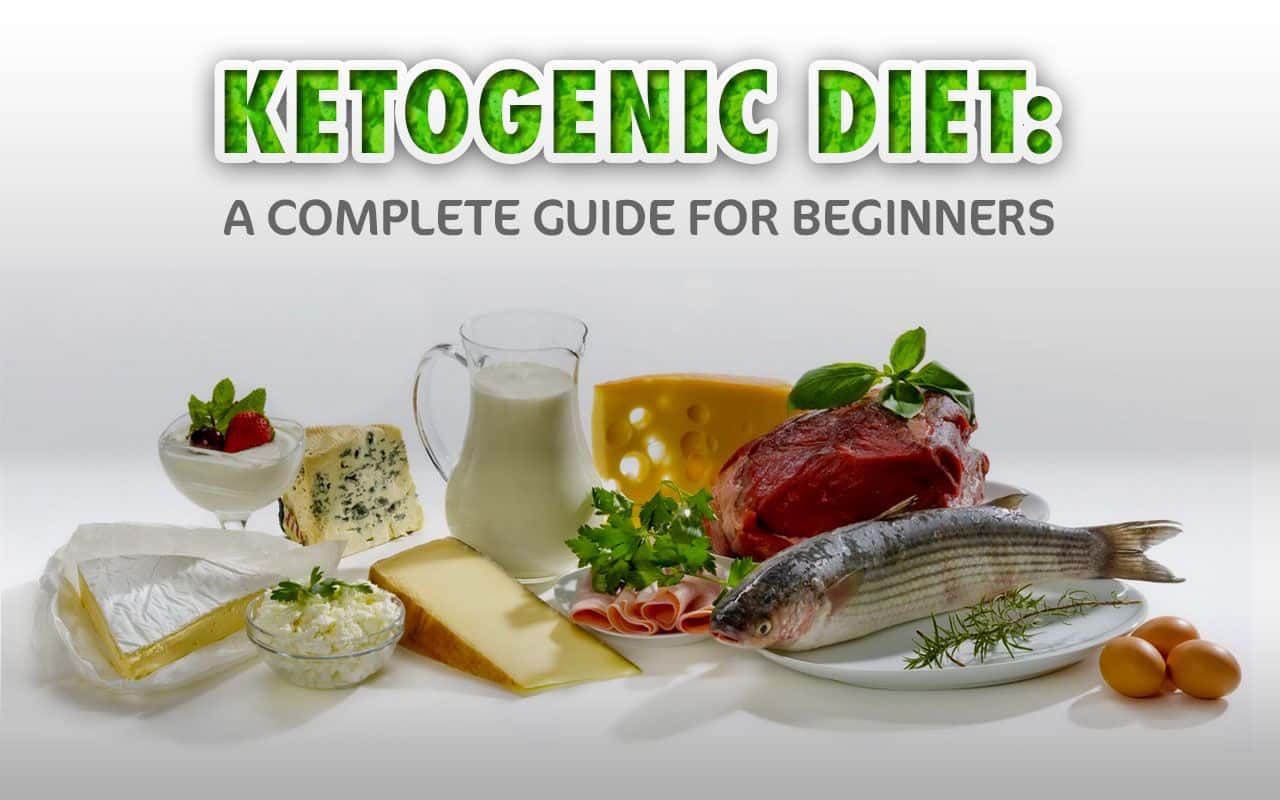
There are, of course, diets that have been formulated with specific goals in mind. The ketogenic diet, for instance, is one currently popular diet that has a number of benefits associated with it. Similar to the Atkins and other low-carb diets, the ketogenic diet is one that is low-carb and high-fat – the carbohydrate intake is lessened and replaced with heightened fat intake. While this might seem counterintuitive, the diet is known for the result of this reduction of carbs: putting the body in a specific metabolic state known as ketosis, from which the diet gets its name. Here’s a complete keto diet guide for beginners to help you understand what ketogenic diet is and how it works.
The ketogenic diet is actually older than many think – it was first developed in 1924 by Dr. Russell Wilder, and actually became known for being effective in helping treat epilepsy. From then to now, the main high-fat/low-carb feature of the diet has been seen to provide the effect of lowering glucose levels in the blood and increasing insulin resistance. There is also a heightened bodily efficiency in burning fat for energy – and turning fat into ketones, which can supply energy to the brain.
There are many types of ketogenic diets, which mainly vary in terms of how they structure the high-fat/low-carb ketogenic diet staple. The SKD (Standard Ketogenic Diet) usually divides up food intake as 75% fat, 20% protein and 5% carbohydrates, while the CKD (Cyclical Ketogenic Diet) makes room for periods of higher carbohydrate intake (a week can cycle through five ketogenic days, then two high-carb days), and the High-Protein Ketogenic Diet, which can allow for a bigger amount of protein than the SKD – usually 60% fat, 35% protein and 5% carbohydrates. The most well-researched is the Standard Ketogenic Diet.
One keto diet benefit that is commonly brought up is that it can help you lose weight. While this might seem quite counterintuitive given how the fat and protein intake are usually higher than one might ordinarily be used to, studies have indeed found that the ketogenic diet can help reduce weight as well as minimize risk factors for certain diseases and maladies.
One reason is that with lower blood sugar and insulin, the body’s hormones stay balanced and as a result hunger is diminished. With the body feeling less of an urge to eat, the body keeps burning the calories it already has stored in fat, which provides energy without taking in more that would just end up as surplus. Research indicates that the ketogenic diet is more ideal, and as a result comes more highly recommended than, the usual low-fat diets, which is fascinating considering how counterintuitive it seems to prefer fat to carbs.
The ketogenic diet can also help those with diabetes, or even prediabetics, partly due to how it helps decrease excess fat that is typically associated with type 2 diabetes and metabolic syndrome. At least one study has also found that insulin sensitivity was improved by up to 75% due to the ketogenic diet, and another had 1/3 of the type-2 diabetes test subjects become able to stop diabetes medication thanks to the diet.
Beyond diabetes, the ketogenic diet has been found to be helpful in stemming the impact of other maladies. Because of its weight loss and fat reduction effects, the ketogenic diet is seen to help minimize the risk of heart disease, high blood pressure and high HDL levels. As noted, it first gained popularity as a measure helping combat epilepsy, as it contributed to great reductions in seizures in children.
The ketogenic diet is mainly built on avoiding food that is high in carbohydrates, leaving only an average of 5% of food intake for carbs at all. Sugary foods should be eliminated – this includes everything from soda to ice cream to candy. In addition, fruit and grains are out – this includes everything but small helpings of berries, and this eliminates wheat-based products, cereals, pasta and others. Beans, legumes, root vegetables, and tubers are also to be cut out. Even diet products or “low-fat” foods are out, as these tend to be processed and thus very high in sugar.
The ketogenic diet builds most of its structure around consuming fat and protein in certain quantities. This includes red meat, fatty fish like mackerel and salmon, low-carb vegetables, eggs, butter and cream from grass-fed cows if possible, and most nuts and seeds. A sample meal plan for one day in a week might include a breakfast of bacon, tomatoes, and eggs; a lunch of chicken salad with feta and olive oil; and a dinner of salmon and asparagus cooked in butter. There are ketogenic milkshakes as well, which can usually be had for breakfast as a breakfast smoothie.
Learn more about our pain relief products.